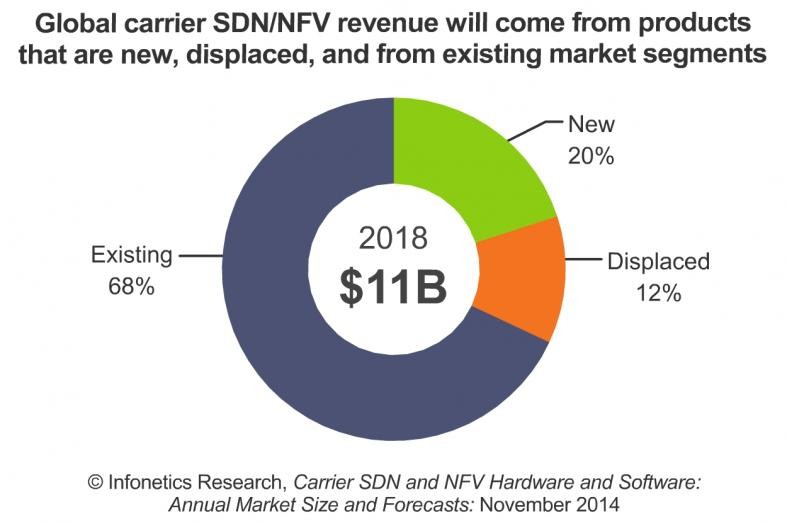The Global Guru Is This Your #1 Investment between Now and 2018
Post on: 20 Июнь, 2015 No Comment

Value-investing legend Jeremy Granthams investment team and his firm GMO recently offered predictions on the performance of various asset classes over the next seven years.
You may be surprised to learn that timber was #1 on that list.
Nor is Grantham alone in his enthusiasm for timber. During the past few decades, top university endowments, pension funds and even newfangled Timber Investment Management Organizations have plowed an estimated $40 billion into timberland.
Last year, the Harvard Endowment Fund had about a 10% weighting in timber, which included New Zealand, Brazilian and even Romanian forestry.
And Harvard has just increased its bets on timber for the coming years.
Timbers Unique Investment Characteristics
Its easy to see why Jeremy Grantham believes that timberland is the single-best, long-term investment there is.
Unlike investors, trees remained blissfully unaware of the Great Recession, the jobs picture and how much money is being printed in Washington.
Trees keep growing no matter how negative todays headlines may be.
Timber has other unique advantages. Unlike other agricultural commodities, you dont have to harvest timberland every year. When timber prices are low, you can always bank it on the stump.
In fact, older trees provide higher-quality wood. So, while timber companies will see inventories rise during bad times, the value of that inventory will increase steadily.
The price of timber has also grown at a remarkably consistent rate throughout the years, increasing by an average of 6% every year for the past century through two World Wars, the rise and fall of the Soviet Union and 9/11.
Recent historic returns to timber have been even more impressive. Between 1971 and 2010, timber boasted average annual returns of over 14%. Thats enough to turn $10,000 into more than $1.5 million.
Timber has been the only asset class that has risen during three out of the four market collapses of the 20th century. During one of the worst-ever bear markets in stocks from the late 1960s until about 1980, timber never had a losing year. In 2008, while the S&P 500 fell 38%, the value of timberland rose 9.5%.
If there is a way for you to protect yourself against a crash in financial markets, timber is it.
Why Timber Will Soar Between Now and 2018
Global timber supply is falling. Thanks to a combination of urban development, agriculture and illegal logging, 10% of the worlds forests have disappeared in the last 25 years. That alone virtually guarantees higher prices in the future.
There has been a surge of demand for timber from across the globe, but primarily from Asia, specifically Japan, South Korea and China. The equivalent of almost 50 cities the size of greater London will have to be built over the next 20 years to house Chinas growing urban population alone. The challenge of supplying Japan with its timber as it continues its re-building efforts after its earthquake and tsunami has already pushed global demand for timber through the roof.
Rebuilding after Hurricane Sandy
Hurricane Sandy wreaked havoc on the East Coast. With damages of up to $50 billion, Sandy is the second-most expensive storm in U.S. history, behind Hurricane Katrina. The widespread impact of the storm has increased demand for lumber during the next several months.
The U.S. Housing Recovery
With housing starts about 60% below the peak of 2.27 million reached in January 2006, we are still only in the first or second inning of the U.S. housing recovery.
After a run-up in the share prices of U.S. homebuilders in 2012, timber is the best way to play the rebound in U.S. housing. After all, a typical 2,400-square-foot, single-family home requires approximately 16,000 board feet of framing lumber and over 14,000 square feet of other wood products, including plywood, particleboard and fiberboard.
How to Invest in Timber
Until recently, investing in timber was unwieldy and difficult at best. Sure, you can go out and buy your own plot of Romanian forest. But its far easier to invest in managed timberlands by buying an exchange-traded fund (ETF) like the S&P Global Timber & Forestry Index Fund (WOOD) also one of my current recommendations in the Alpha Investor Letter investment service.
WOOD tracks the performance of forestry and timber firms worldwide. A big chunk of those ETFs 44.69% is invested in companies based in the United States. But an even bigger portion is invested in global stocks. Canada accounts for 9.83% of the ETF, while there are large allocations to Japan (9.05%), Brazil (8.59%), Finland (7.50%) and Singapore (7.43%).
In the December 2012 edition of the Alpha Investor Letter . I recommended that my subscribers buy the S&P Global Timber & Forestry Index Fund (WOOD) at market and place their stop at $39.50.
Full disclosure. Clients at my firm Global Guru Capitals Ivy Plus Investment Program which replicates the asset allocation strategy of the Harvard endowment also own S&P Global Timber & Forestry Index Fund (WOOD) .
NOTE: Global Guru Capital is a Securities and Exchange Commission-registered investment adviser, and is not affiliated with Eagle Publishing.
To read my e-letter from last week, please click here. I also invite you to comment about my column in the space provided below.
Was this article interesting?
Sign Up for Eagle Daily Investor News Alerts














